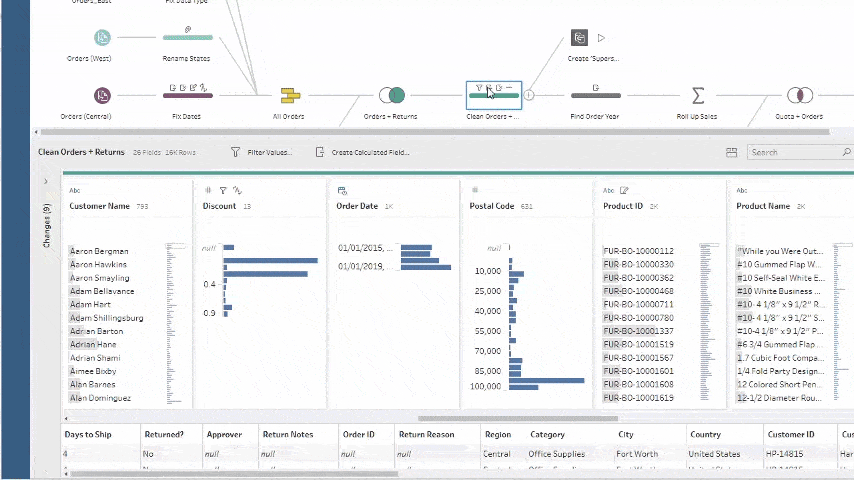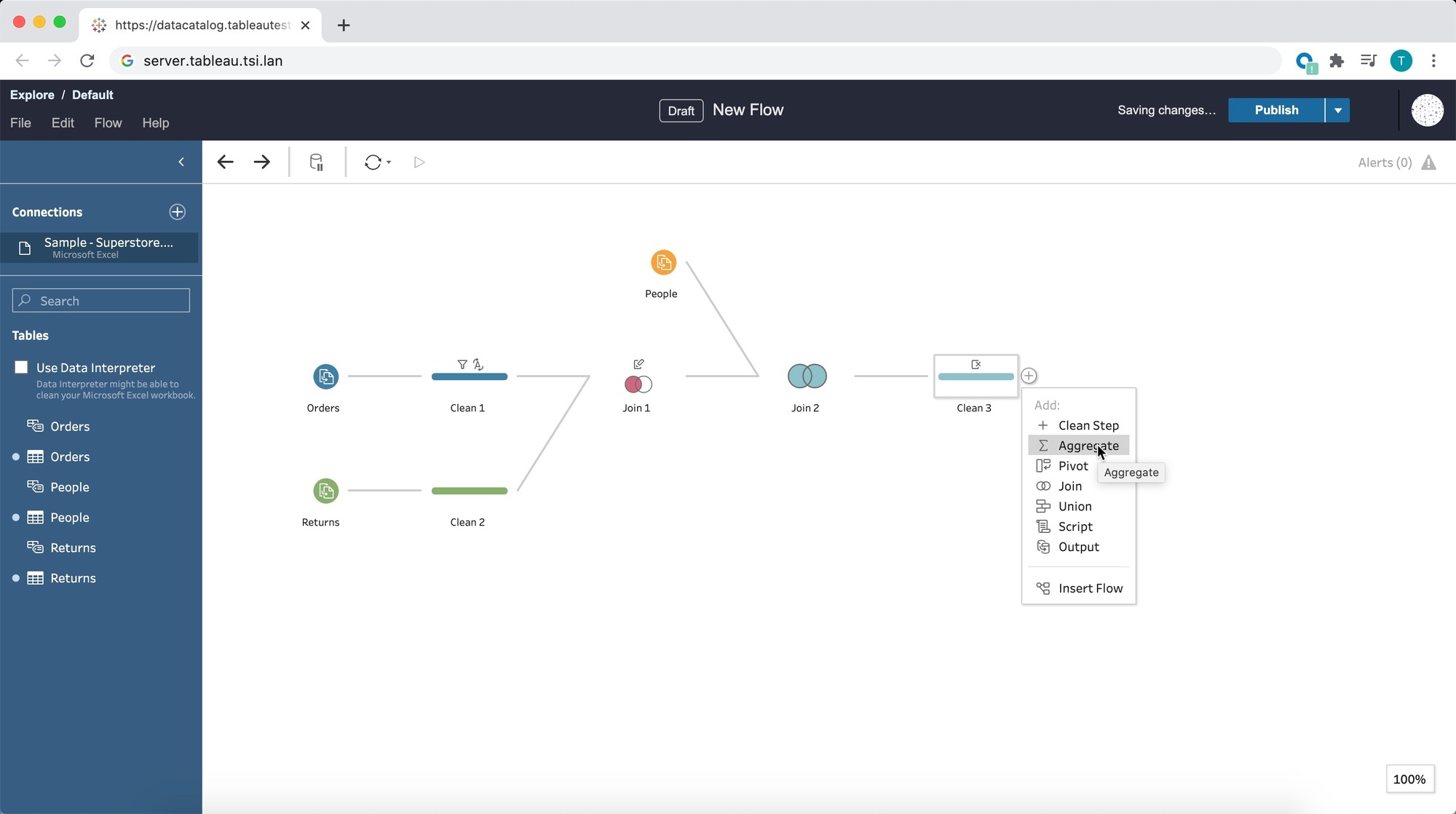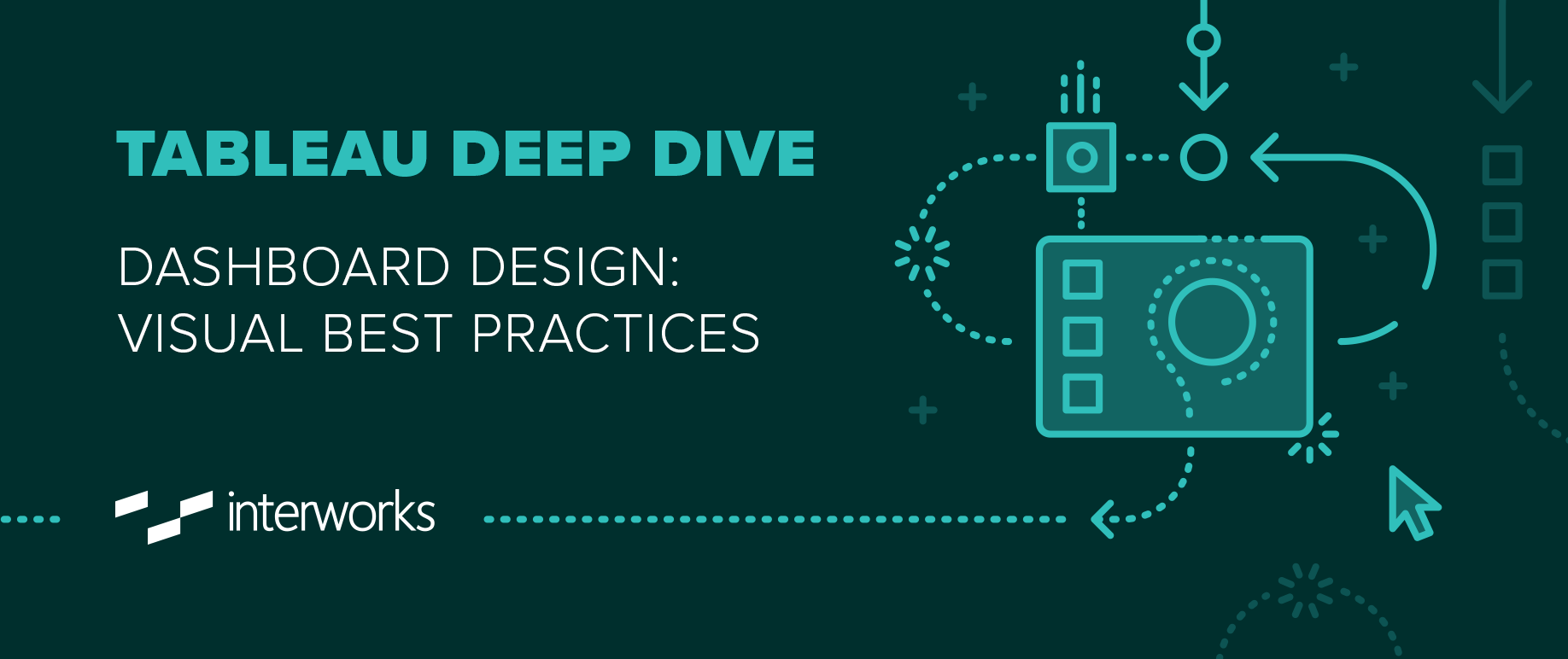
.png)
Tableau Prep does not cache everything, however, and the experience differs if it is your first time building a flow from scratch, versus coming back to edit an existing flow already built by a colleague. Tableau Prep instead caches your data as Hyper extracts in our high performance, in-memory data engine. How Tableau Prep caches data When you connect to a data source in Tableau Prep, you will notice that you don’t have the option to select between a live or extract connection like in Tableau Desktop. You can use the default sample amount or build a sample set by specifying a fixed number of rows. Sampling ensures responsiveness to keep you in the flow of your task, even when you are working with large amounts of data in Tableau Prep. At times, Tableau Prep may also sample your data. For example, if you join two tables together in a Join step, you will see the final join result-down to the number of rows-immediately.

Interactive Mode delivers direct, interactive feedback as you clean, combine, and reshape your data.

Building your flow with Tableau Prep When you are cleaning your data in any of the available step types (Clean, Union, Join, etc.), you are in what we call Interactive Mode in Tableau Prep. In this post, we'll get into the details of what is happening behind the scenes in Tableau Prep, so that you can navigate building and running flows with confidence. Tableau Prep is equipped with three modes that work to make your flows as optimized and performant as possible, without bogging down your machine or underlying database. The Tableau Community is made up of smart, curious, data rock stars and we often get questions like, “Is Tableau Prep making a live connection to my data?” While that’s a relatively straightforward question to answer when we’re talking about Tableau Desktop, things work a little bit differently in Tableau Prep. Tableau Prep shifts this paradigm by bringing self-service data preparation to everyone, rather than just those with specialized skills. The Harvard Business Review even found that many analysts spend 80% of their time preparing their data, spending only 20% of time for analysis. From working with customers over the years, we hear, anecdotally, that cleaning data for analysis is a cumbersome process. That’s it for now.In our role as solution engineers at Tableau, we get hands-on with customers every day, and get to see how companies - big and small - use Tableau Prep to clean and prepare their data. However, you can use the calculated field from my point 1.
#Tableau prep best practices update#
It might not always be the case that your datasource or server data is updated every second, so the data update time would not properly reflect the actual refresh date.įor example, when you are using Tableau Prep to upload a data source to your server and have a dashboard with a live connection to it, this field would not represent the last time you ran Tableau Prep. Keep in mind when you are using a live connection, that this will always depict the current date and time. You add them by going into your tooltip/title -> insert -> data update time and/or data source name. You can likewise add your to your sheets, especially handy when working with several datasources in one workbook. Tableau has an integrated feature that allows you to insert the to your tooltip and titles to always show you the latest date and time of your Tableau Extract Refresh. Whilst workflows cannot be set to run at a set time (at the time of this post), you can manually run the workflow linked to files (like excel, text and tableau extracts) or servers to keep them up to date.īy adding a simple step to your workflow containing a calculated field Today() or Now(), every time you run the workflow, these fields will update to today’s current date (and time if you use Now() ) for you to display on your dashboard in Tableau. The recent release of Tableau prep allows you to quickly and easily shape and clean your data for direct use in Tableau.

Special thanks to Carl Allchin for pointing out the already existing Tableau features! Even when dashboards are updated once a month, it is good practice to show your user the last time your datasource has been refreshed. Knowing when your datasource has been refreshed can be of utmost importance when you are working with time sensitive data.
#Tableau prep best practices how to#
Some quick tips on how to keep track of the last time your datasource was updated in Tableau.


 0 kommentar(er)
0 kommentar(er)
